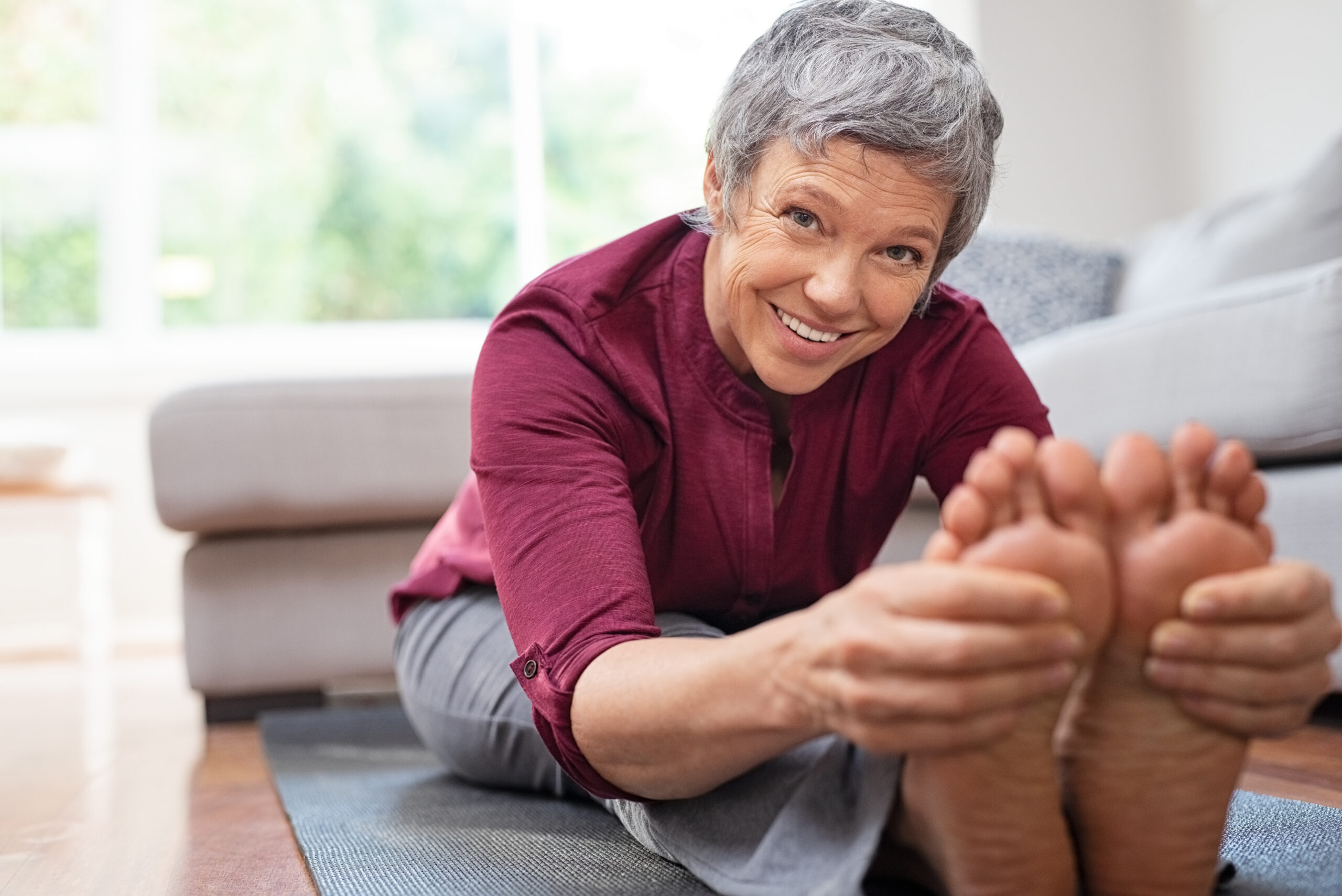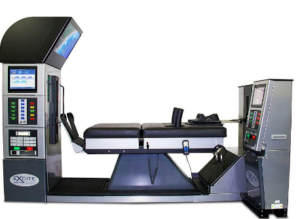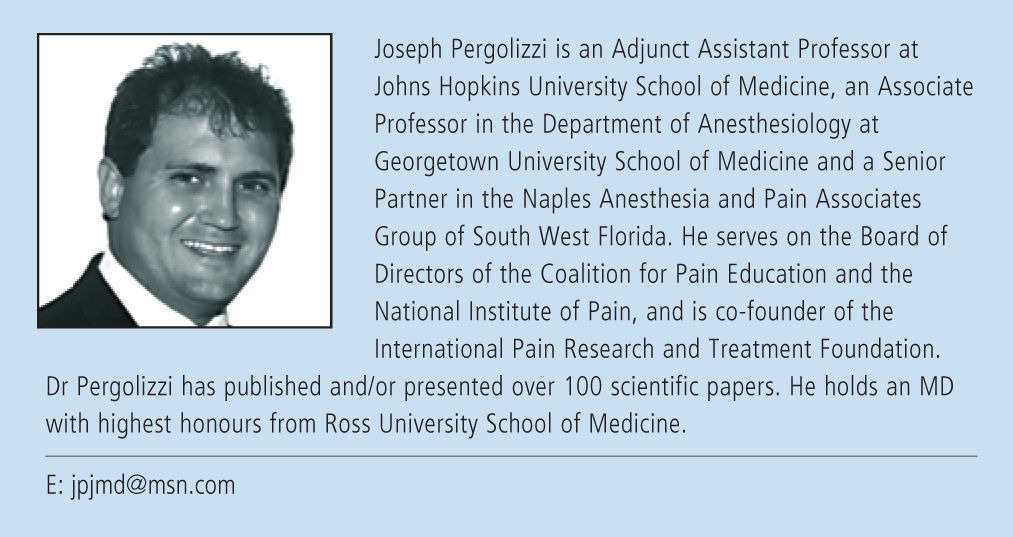Say Goodbye to Neck and Back Pain

Back pain is one of the most common health problems, and finding an effective treatment without surgery can be daunting.
In the past, back surgery has been the only option, but unfortunately, the chances of success are often outweighed by the risk.
Studies have shown that most back surgery has a 30% chance of success, a 30% chance of no improvement, and more than a 30 percent chance of getting worse.
What these numbers tell us is back surgery should only be considered after you have tried all other reasonable options.


Spine Restoration is located in Saint Petersburg Fl. Come in for an evaluation, and get on the road to getting back restored
There are common treatment options for back pain depending on the cause and severity of the pain.
Self-treatment
Self-care steps that may be helpful in some less-serious cases include:
- Rubbing an anti-inflammatory and analgesic gel
- Use of an ice pack to relieve pain
- Proper sleeping positions that cause less strain on the spine
- Learning what triggers the back pain and alleviating it
- Use of a hot compress to minimize pain
- Rest from straining activities
Medications
Medications depend on the type of back pain. They might include:
- Pain relievers. Nonsteroidal anti-inflammatory drugs (NSAIDs), such as ibuprofen or naproxen sodium, might help. Take these medications only as directed. Overuse can cause serious side effects. If pain relievers you can buy without a prescription don’t help, your health care provider might suggest prescription NSAIDs.
- Muscle relaxants. If mild to moderate back pain doesn’t improve with pain relievers, a muscle relaxant might help. Muscle relaxants can cause dizziness and sleepiness.
- Topical pain relievers. These products, including creams, salves, ointments and patches, deliver pain-relieving substances through the skin.
- Narcotics. Drugs containing opioids, such as oxycodone or hydrocodone, may be used for a short time with close medical supervision.
- Antidepressants. Some types of antidepressants — particularly duloxetine (Cymbalta) and tricyclic antidepressants, such as amitriptyline — have been shown to relieve chronic back pain.
Physical therapy
A physical therapist can teach exercises to increase flexibility, strengthen back and abdominal muscles, and improve posture.
Procedures
Procedures used to treat back pain may include:
- Cortisone injections. If other measures don’t relieve pain that radiates down the leg, an injection of cortisone plus a numbing medication into the space around the spinal cord and nerve roots might help.
- Radiofrequency ablation. This technique uses precise heat to stop nerves from sending pain signals to the brain from conditions like spinal arthritis and joint pain.
- Restorative neuromodulation. This is an implanted device that stimulates the spinal cord or peripheral nerves to treat the underlying cause of pain rather than just the symptoms.
- Dry needling. This is a technique that involves inserting thin needles into muscle trigger points to release tension and ease pain.
When to see a doctor
You should see a doctor if you notice any of these symptoms:
- Numbness or tingling
- Pain spreads down to one or both legs especially below the knee
- Disturbance in bowel or bladder habits
You should see a doctor immediately if you notice any of these symptoms:
- Fever
- The back pain after a fall, trauma or being hit by a blunt object
Specialists
Depending on the cause and severity of your back pain, you may need to see a specialist such as:
| Specialist | Description |
|---|---|
| Primary care physician | Specializes in the acute and chronic illnesses and provides preventive care and health education |
| Orthopedician | Specializes in bones and their disorders |
| Neurosurgeon | Specializes in surgical treatment of disorders of the nervous system, including the spine |
Are you ready to restore your spine
All of the therapies and medications listed above can be very helpful to relieve symptoms, but do they address the cause of your back pain?
Spinal decompression has been shown to be one of the only therapies that can acutually restore your disks and your spine to health
Just like many other therapies, there are many different ways to perform spinal decompression.
And like other therapies, some work better than others.
At Spine Restoration, we use the only type of spinal decompression machine that has been proven to actually work and restore your spine back to health allowing you to live pain free again.
You will be treated with the DRX 9000. The world’s most advanced non-surgical spinal decompression treatment
You can get your life back!

DRX9000® spinal decompression machine
The DRX900® provides a safe and effective non-invasive treatment for back pain. It is a revolutionary technology that has been found to be more effective than other non-invasive treatments for back pain.
DRX9000® is a revolutionary non-surgical treatment for chronic back and neck pain.
It is designed to provide long-term relief from the debilitating effects of chronic pain, without surgery or medications.
The DRX9000® utilizes patented technology to gently stretch the spine and reduce pressure on the nerves, providing immediate relief.
This treatment can help with pain management and provide long-term relief from chronic back and neck pain. With its non-invasive approach, it is an ideal option for those looking for a safe and effective way to manage their chronic pain.
A Complete Guide to the Revolutionary DRX9000®: How Non-Surgical Treatment Can Help Alleviate Severe Chronic Back & Neck Pain
The DRX9000® is a revolutionary non-surgical treatment for chronic back and neck pain. It uses a combination of traction, decompression, and motion to help reduce pain and improve mobility. Through this treatment, the DRX9000® helps to reduce inflammation, increase circulation, and improve spinal alignment.
This helps to reduce the pressure on nerves in the spine that can cause chronic back and neck pain. By providing relief from chronic pain in a safe way, the DRX9000® is becoming an increasingly popular choice for those looking for long-term relief from their chronic back or neck pain.
NBC News reviews DRX
Patients pay thousands for back pain treatment — with little scientific evidence that it works
Read about how DRX can help get your life back.
Non-surgical Spinal Decompression (DRX9000™) for the Treatment of Chronic Low-back Pain – A Case Report
A report by
1 Joseph Pergolizzi, 2 Charlotte Richmond, 3 Martin Auster, 4 Frank Florio, 5
Jonathan Wilhelm
- Adjunct Assistant Professor, Johns Hopkins University School of Medicine;
- Director of Clinical Research, NEMA Research Inc.;
- Assistant Professor, Department of Radiology, Johns Hopkins University School of Medicine;
- Director of Clinical Research, Axiom Worldwide, LLC; 5. Big Sky Spinal Care Center
Back pain affects millions of workers worldwide. The prevalence of back pain is associated with the number of hours spent on repeated activities at work1 and in high-risk occupations.2 In 1938, it was believed that there was no one condition that produced more disability and economic loss than low-back pain (LBP).3 This statement is just as true today as it was 70 years ago.4–6
Currently, there are abundant options for treatment, with new, often innovative, treatments emerging. However, there is little agreement on which treatment is appropriate or preferable: surgical, non-surgical or pharmacological. Results from back surgery are unpredictable and are associated with surgical risks. Conservative treatment for at least two months, and often much longer, before a surgical option is considered has been recommended in the current evidence-based guidelines.7,8
The American Pain Society’s guidelines on LBP have dismissed some interventions such as invasive diagnostic testing, various spinal injections and fusion surgery for non-radicular pain.9 Results from a pilot study using non-surgical spinal decompression, specifically the DRX9000™ (Axiom Worldwide, Tampa, Florida),10 are promising and offer another option for treatment of chronic LBP. Therefore, a case of chronic LBP successfully treated with non-surgical spinal decompression via the DRX9000® is reported here.
PRESENTATION OF CASE
A 35-year-old female presented at an outpatient clinic in July 2006 complaining of LBP. The back pain was associated with numbness and recurrent right leg pain. The treating physician noted that the patient’s condition had been chronic since December 2004. These symptoms affected her ability to lift clients – a required part of her occupational duties – and were aggravated by sitting and prolonged standing. The patient weighed 291lb and was 5’ 8” tall. Her history was significant, with two motor vehicle accidents (in 1994 and 2002). Magnetic resonance imaging (MRI) of the lumbar spine performed on 19 July 2006 revealed a mild to moderate disc protrusion at L5/S1, eccentric to the right, impinging on the right S1 nerve root (see Figure 1). Mild degenerative changes with minimal bulging were also noted at L2/L3 and L3/L4. Upon initial examination, the patient presented limited lumbar range of motion (ROM), with pain in all planes, positive nerve root tension tests and decreased sensory and motor function of the right lower extremity.
The patient underwent 20 treatments on the DRX9000® over an approximately 5.5-week period. Initial parameters began at a maximum decompressive force of 90lb with a minimum force of 45lb. Final treatment parameters were a maximum of 110lb and a minimum of 55lb. The decompressive force was raised in increments of 10lb at the discretion of the healthcare provider. The angle of treatment force (which allows the physician to make adjustments to treat the affected lumbar region) ranged from 10 to 20º. Adjunctive treatment included electric stimulation, ice and therapeutic exercise.
At initial treatment, the patient reported pain at 7 on a 0–10 scale; at the end of the treatment protocol she reported pain at 1. A reduction in the duration of pain was noted as well: pain initially occurred 75% of the time, but decreased to 10% of the time at completion of treatment. At final evaluation, the examiner noted an improvement in lumbar ROM tests: flexion increased from 42 to 58º, extension increased from 12 to 26º, left lateral flexion increased from 14 to 25º and right lateral flexion increased from 12 to 24º. Orthopaedic and neurological findings were noted as normal. Limited follow-up MRI of the lumbar spine performed on 22 September 2006 revealed a decrease in the excursion of the disc at L5/S1 on T2-weighted sagittal images (see Figure 2).

